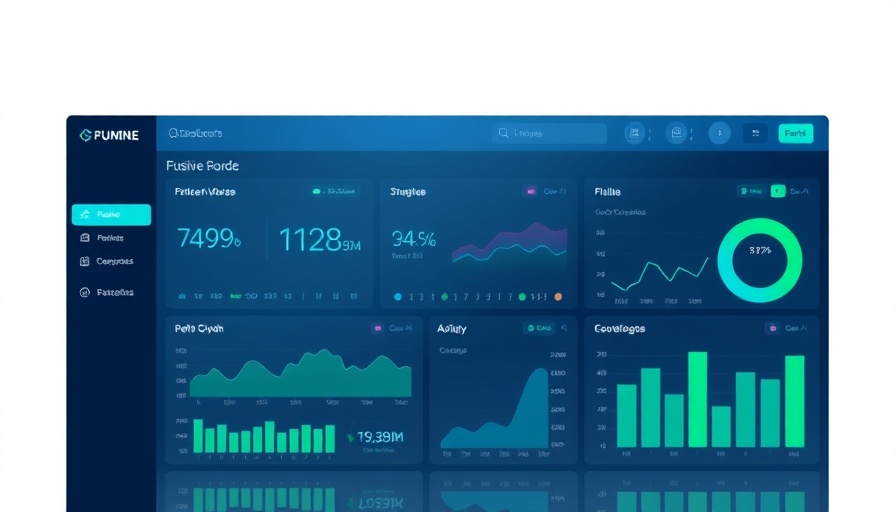
AI in Swine Medicine: A Promising New Frontier
In an innovative study led by Texas A&M University's Veterinary Education, Research, & Outreach (VERO) program, researchers are exploring the role of artificial intelligence (AI) in diagnosing respiratory diseases in pigs. This groundbreaking work, showcased in the journal Veterinary Research, seeks to assess the effectiveness of AI in detecting lung lesions indicative of bacterial pneumonia, a common respiratory issue in swine.
The Role of AI and Human Evaluators
Under the direction of Dr. Robert Valeris-Chacin, the research team evaluated whether AI technology could enhance the efficiency and accuracy of lung analysis in pigs, crucial for maintaining animal health in agricultural settings. The study revealed that while the AI’s accuracy did not yet match that of experienced veterinarians, its evaluation patterns mirrored those of human evaluators, indicating a significant potential for AI to support veterinary diagnostics.
Importance of Accurate Animal Health Assessments
In the realm of European food production, veterinarians routinely monitor vaccine effectiveness and their impact on respiratory diseases in livestock. Dr. Valeris-Chacin emphasized the vital role of veterinary evaluators, stating, "Veterinarian evaluators provide important technical assistance in food production." As such, increasing diagnostic efficiency through AI could alleviate some of the burdens on trained professionals, allowing them to focus on more complex health issues.
Comparing Consistency: Human vs. AI Evaluators
During the study, experts were tasked with analyzing hundreds of lung images, some of which were repeated to gauge consistency. The findings highlighted intriguing differences: while individual human evaluators showed high agreement on repeated images, discrepancies surfaced when comparing evaluations from different experts. In contrast, the AI demonstrated flawless consistency across its evaluations, suggesting it may offer reliable support in diagnostic settings.
Challenges and Opportunities for AI Integration
Despite the promising results, the research also noted challenges in applying laboratory findings to real-world situations, where hands-on examination plays a significant role. Nevertheless, the integration of AI in veterinary practices stands to improve workflows significantly. With proper training, veterinarians could leverage AI systems to support their evaluations, ultimately leading to improved health outcomes for livestock.
The Future of Veterinary Medicine
This study not only underscores the potential of AI in veterinary diagnostics but also raises ethical considerations about the evolving relationship between humans and machines in animal care. As the agricultural landscape shifts towards increased efficiency, the role of AI could fundamentally reshape veterinary practices, allowing professionals to embrace advanced technologies while ensuring optimal standards of animal welfare.
Overall, the ongoing development of AI tools offers exciting possibilities for revolutionizing animal health diagnostics and enhancing veterinary practices in the years to come. With continued advancements, AI may soon become an indispensable ally for veterinarians dedicated to the health and well-being of livestock.
 Add Row
Add Row  Add
Add 




Write A Comment